Chad Sell‘s first children’s graphic novel was The Cardboard Kingdom, which he illustrated and co-wrote with a team of ten collaborators. This same team came together again to create The Cardboard Kingdom #2: Roar of the Beast. Chad’s first full-length solo project, Doodleville, is set in Chicago, where he lives with his husband and two cats.
Barbara Perez Marquez was born and raised in the Dominican Republic, now she lives in the USA. She holds an MFA in Creative Writing from Manhattanville College. She writes short stories and fiction, usually using coming of age and LGBTQ themes in her work. During her career, she has also been an editor for several publications and projects. Her work was first featured in a student collection in the 7th grade, the same year she decided she wanted to be a writer. Since then, she’s been featured in a number of literary journals, as well as anthologies. Her latest works include The Cardboard Kingdom and its sequel, The Cardboard Kingdom #2: Roar of the Beast.
I had the opportunity to interview both Chad and Barbara, which you can read below.
First of all, congratulations on your latest book, The Cardboard Kingdom #2: Roar of the Beast! Could you tell us a little of what the book’s about?
CHAD: Thank you! ROAR OF THE BEAST follows the Cardboard Kingdom kids as they get ready for Halloween. But something is amiss in the kingdom–the kids start seeing a shadowy monster lurking through their neighborhood at night. No one can agree on what the monster looks like and what to do about it: hunt it down, study it, trap it, or simply stay far, far away! Because we have an enormous cast of characters, we were able to explore the many different approaches that the kids take in facing their fears and solving the mystery.
How did The Cardboard Kingdom series come to be? What was the impetus for the project?
CHAD: I love creativity, comics, and costumes–at its heart, The CARDBOARD KINGDOM series is all about how kids use all three to explore aspects of their identity. What does it mean for a boy to dress up as a glamorous sorceress? Or for a little girl to dress up like a mustachioed mad scientist? How can play and make believe help us explore and express new aspects of ourselves that would otherwise stay hidden?
The Cardboard Kingdom is an anthology of different stories from different kids set in the same neighborhood. What was it like collaborating with other artists and creatives on the project?
BARBARA: I think we owe a lot of its seamlessness to Chad, whom really endeavored to bring our team together and as a leader, keeps it all cohesive. It’s an extraordinary opportunity to be able to tell the stories in The Cardboard Kingdom as a collaborative effort, since its a perfect reflection of what’s going on in the book too.
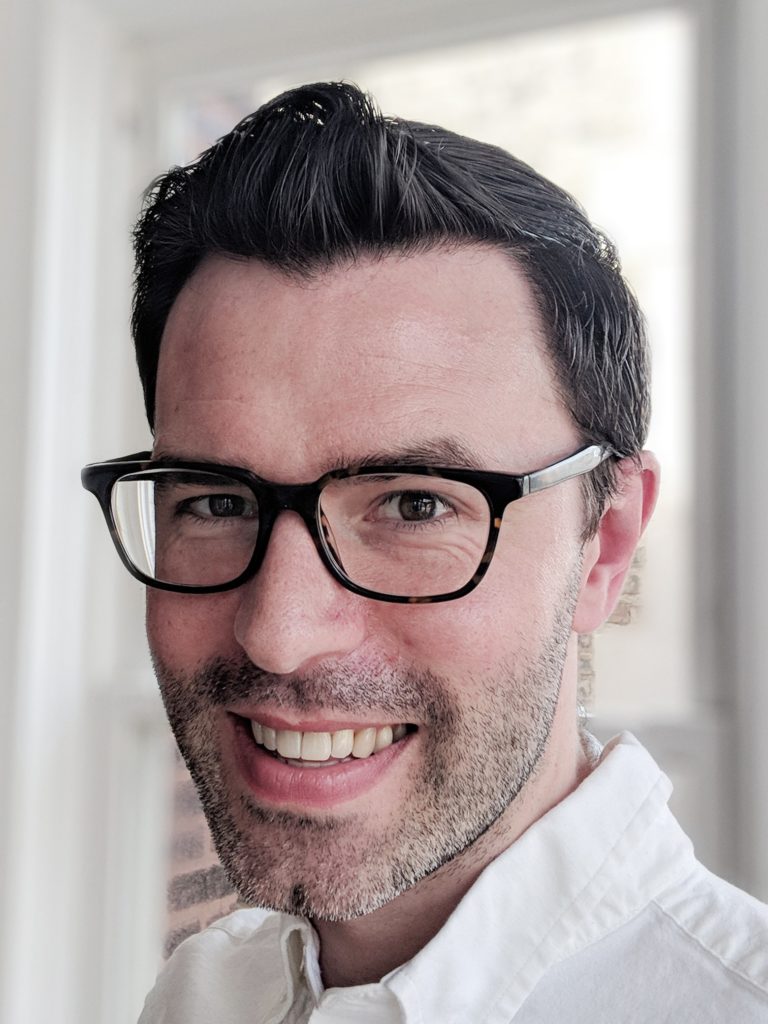
How did you find yourself getting into comics? What drew you to this medium?
BARBARA: I started pretty late in comics myself, and it wasn’t until graduate school when I properly started to look at comics as a creator as opposed to just a reader. As a storyteller, comics provide a unique approach to telling a story that can draw in any type of reader. Being able to capture a reader is super important for me as a writer and comics make it that much more simple.
CHAD: I agree with Barbara–comics are such an inviting form of storytelling! I love that a kid who can’t even read will pick up CARDBOARD KINGDOM and still get totally engaged with the story, even if they’re making up a lot of it on their own! That’s the appeal of comics for me.
One of the characters in The Cardboard Kingdom is an aspiring gender-bending Dominican American mad scientist. As a queer Dominican American yourself, would you say you incorporated any of your own experiences into this character or other parts of the story?
BARBARA: I think the short answer is yes, but I think if we were to put our experiences side to side, then they’d be much less alike. As a writer, I always strive to fill in the gaps from my own experiences, so for me, it was more important to present Amanda in ways that I wouldn’t have necessarily done as a kid myself. I think in that way, it becomes a more robust effort towards bringing to life stories that I wish I’d had as a kid. I think especially in a moment where we still need to push for representation, we have to continue to look at our experiences and not just reflect ourselves, but also the tools that would have been useful to us and to potential readers.
What are some moments/characters within the book that you most related to in regards to your own experiences as a kid?
CHAD: The CARDBOARD KINGDOM character I most relate to is Jack the Sorceress, and he continues his journey in Roar of the Beast, exploring how to imbue more of the Sorceress’ fabulous magic into his everyday life. But he also wrestles with a lot more: his little sister is becoming her own person, developing sinister new schemes instead of serving as his helpful little assistant. And Jack also has a powerful moment of recognition and connection with another young queer character, Miguel the Rogue. I remember as a kid how powerful it was to encounter other children like you, but also how scary it could be, too! We wanted to capture all of that complexity in their scenes together.
BARBARA: I was definitely one of the kids that bounced around different friend groups, so seeing The Knight’s journey throughout the book really resonated with me as she continues to find her own place in the Kingdom and what that means. I think with the book as a whole we definitely pushed further our efforts to create spaces for everyone, even when we are scared to look for that place.
What advice would you give to aspiring young artists/writers working on their craft and for those who wish to work in the field?
CHAD: We’re living in such a fascinating time for comics, in terms of webcomics, the booming kids’ market, and the countless new ways to find and support creators. It’s kind of overwhelming, particularly for young artists–you can’t be good at EVERYTHING, and you can’t possibly appeal to EVERYBODY. There’s no one way to be a successful artist, and so it’s up to you to figure out where you fit best, what approach works for you, and what work you want to make. Try to find peers who are doing what you’re doing, seek out resources to learn more about the industry, and look into the different kinds of mentorship opportunities that have been emerging online!
BARBARA: I agree that this is a great time to be in comics and publishing, but for someone that’s still looking to find their path, it’s still invaluable to stay up to date on what’s happening around you. As we create, we can often get lost in our own process or even just aiming towards the big names, but there’s new content available everyday, so staying on the lookout for works that feel similar to what you want to do is a great way to have a bit of a compass on what’s happening while you get your work ready for the world.
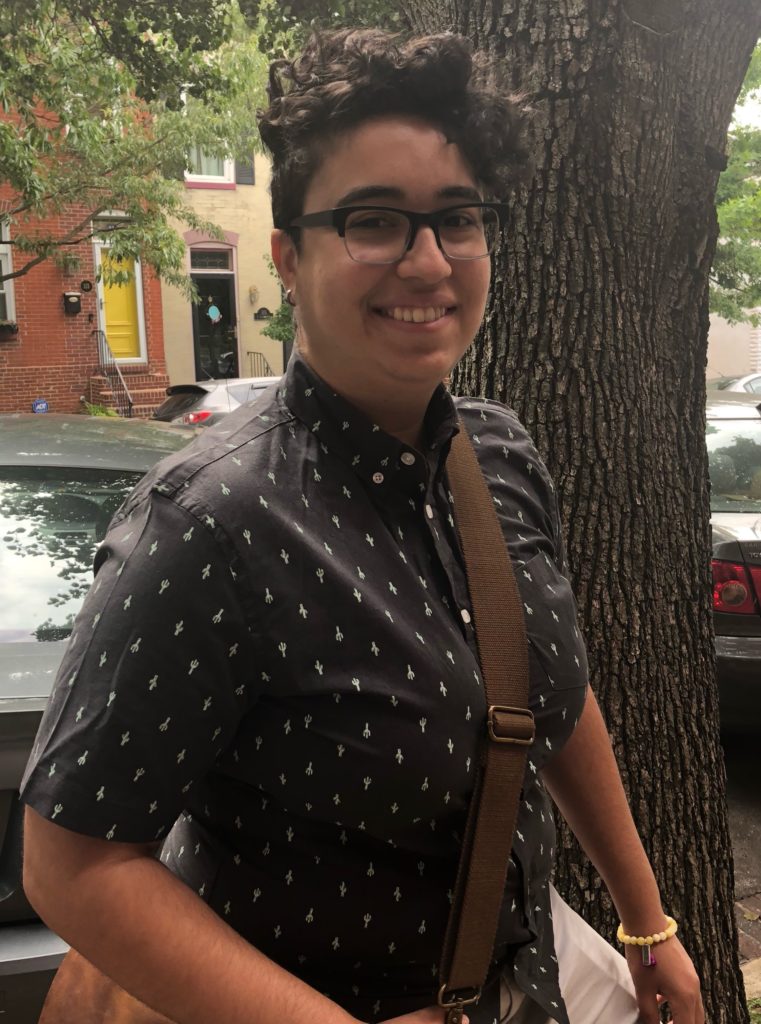
Previously, you had both paneled for an event at Flame Con, a queer comic con sponsored by Geeks OUT, called “Telling All-Ages Queer Stories.” Can you talk about your work and personal motivation creating inclusive stories for young queer kids?
BARBARA: That panel was so fun! I spoke a bit already on how I try to not just create stories with elements from my own life, but also with the tools that were missing when I was growing up. I think for myself, it’s always been important for my work to be inclusive because it’s the least we can do as creators. When it comes to stories for queer audiences, and I think Chad mentioned it too, it’s not about representing EVERYTHING at once. On the contrary, if that’s the main focus it can often come off as disingenuous. Instead, I often try to tell stories with the same care I would hope someone would have talking about me. With that in mind, I always strive to make space, even when the story might not reflect everything I’d want it to, I hope it provides space for ANY reader to find something to connect with.
CHAD: Yeah, as Barbara said, it’s so powerful to see yourself reflected in a story! A lot of my early conceptions of queerness and identity were shaped by the comics I read as a kid, which is unfortunate, because those early 90’s comics made it seem like coming out would literally mean getting chased out of your hometown by an angry mob! So I’m hoping that our books offer a much more affirming and inclusive sense of recognition to our young readers, and a sense that their world is expansive and multi-faceted.
Oftentimes for younger generations, knowledge of queer language, whether that referring to orientation or gender identity, is often limited. How did you set about depicting queerness in a way younger generations could access?
BARBARA: I think I’ll leave Chad to speak a little more at length on this, but comics are visual and that’s super important when there’s that lack of language. I think it’s also really important to remember that younger audiences may not have the direct terms to correlate to something, but they are still experiencing life in the same way we did and that’s universal in many other ways than just language.
CHAD: Barbara is totally right! We generally tried to convey aspects of queerness situationally and visually rather than relying on terminology or language. So in Barbara’s story The Mad Scientist, the main character Amanda’s father is confused and upset that she’s dressing up in a cardboard mustache and lab coat with her friends. But they don’t address that with an extensive discussion of gender identity and expression–instead, we resolved that chapter wordlessly with a final image full of love, acceptance…and mustaches.
Aside from comics, what would you say are some of your other skills and interests?
BARBARA: I had an interest in publishing in general when I started out, so I’m also a bit of a freelance editor in my spare time. I also grew up learning other languages and playing video games, so that’s pretty much where I focus my attention when I’m not writing. Whether it’s playing a new game or doing translation or watching content in other languages.
CHAD: I’m also an avid videogamer, and I love a good tabletop board game, too! (I’m in the final stretch of an epic GLOOMHAVEN campaign right now!) I love cooking, too–the kitchen is a place for me to get creative and experiment with extremely low stakes involved. After all, it’s just dinner!
What’s a question you haven’t been asked yet and wish you were asked (and your answer to that question)?
CHAD: Barbara and I both had a really hard time coming up with an answer to this, which means you’ve asked a ton of good questions in this interview!!
Are there any other projects or story ideas you are currently nursing and could tell us about?
CHAD: We’ve been crafting more tales for the Cardboard Kingdom, and I’ve been working on a stupendously fun new superhero series with my friend Mary Winn Heider–hopefully that will be announced soon!
BARBARA: I’ve got a few stories in the works that will hopefully be announced by the end of the year.
Finally, what queer books would you recommend to the readers of Geeks OUT?
CHAD: I’ve been loving Kat Leyh’s recent books–SNAPDRAGON is a fantastic, layered graphic novel for younger readers, and THIRSTY MERMAIDS is a hilarious romp for adults. THE MAGIC FISH by Trung Le Nguyen and FLAMER by Mike Curato are great picks for teens!
BARBARA: One of my favorite new reads recently was Molly Ostertag’s THE GIRL FROM THE SEA. I’ve also been working through my backlog of books and really enjoyed the graphic novel adaptation of JULIET TAKES A BREATH by Gabby Rivera and Celia Moscote.


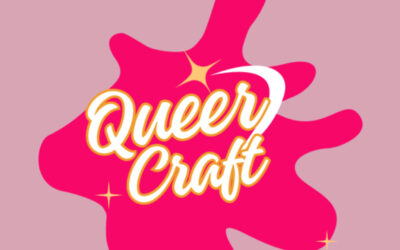


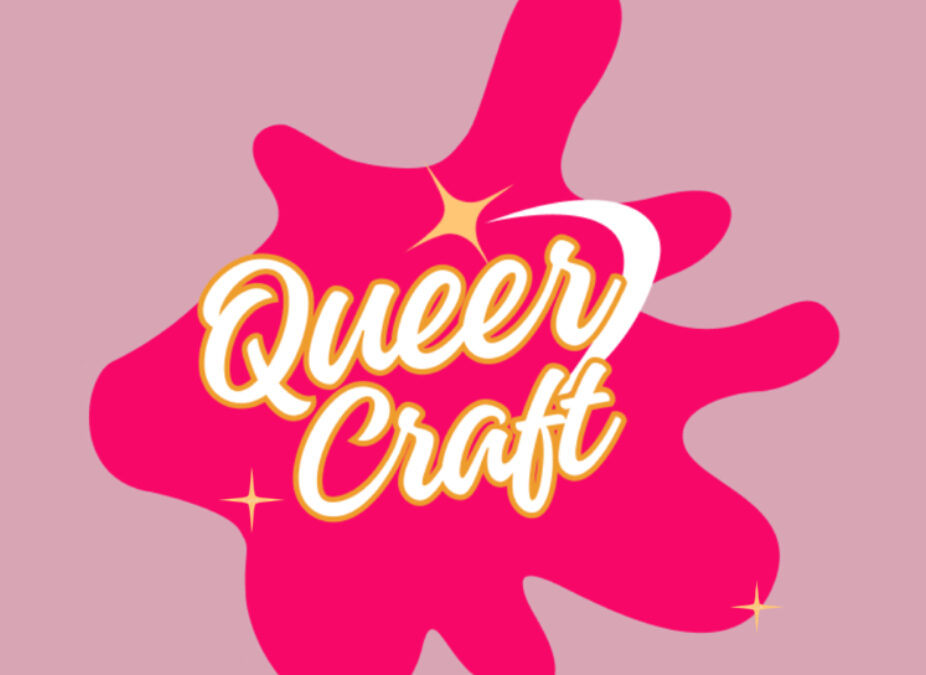
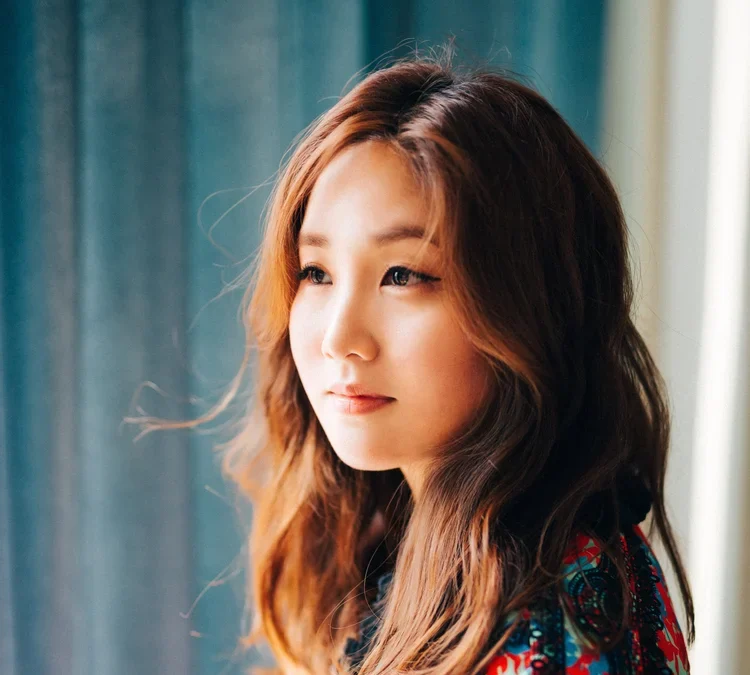
0 Comments